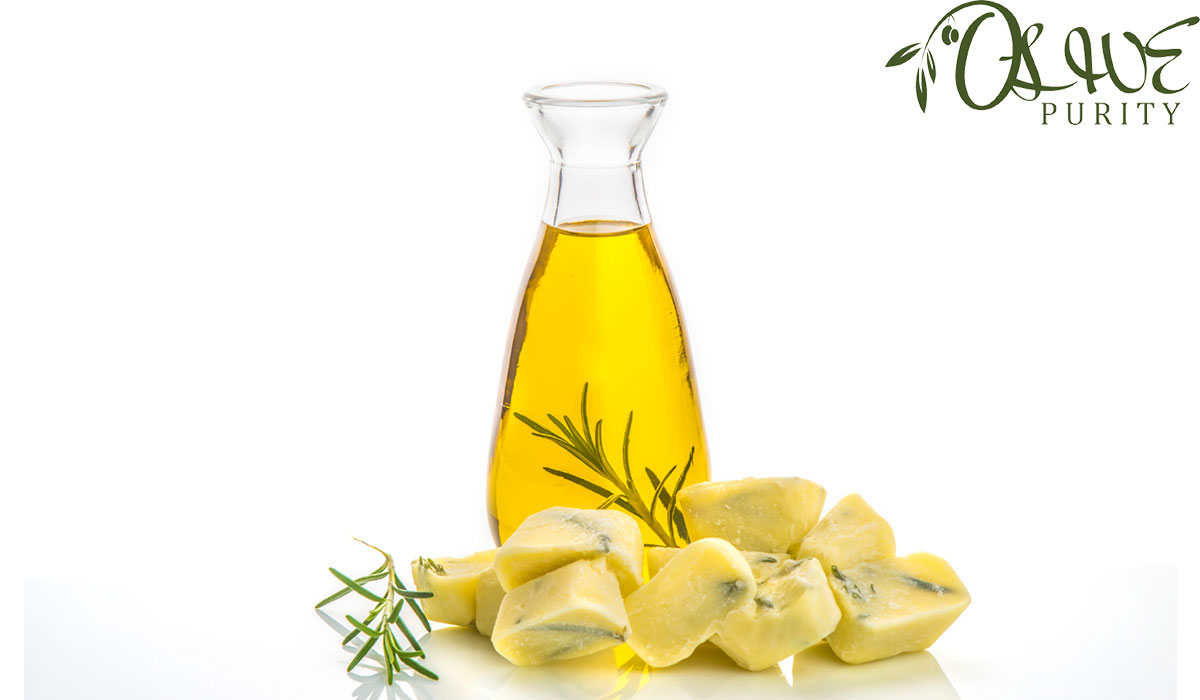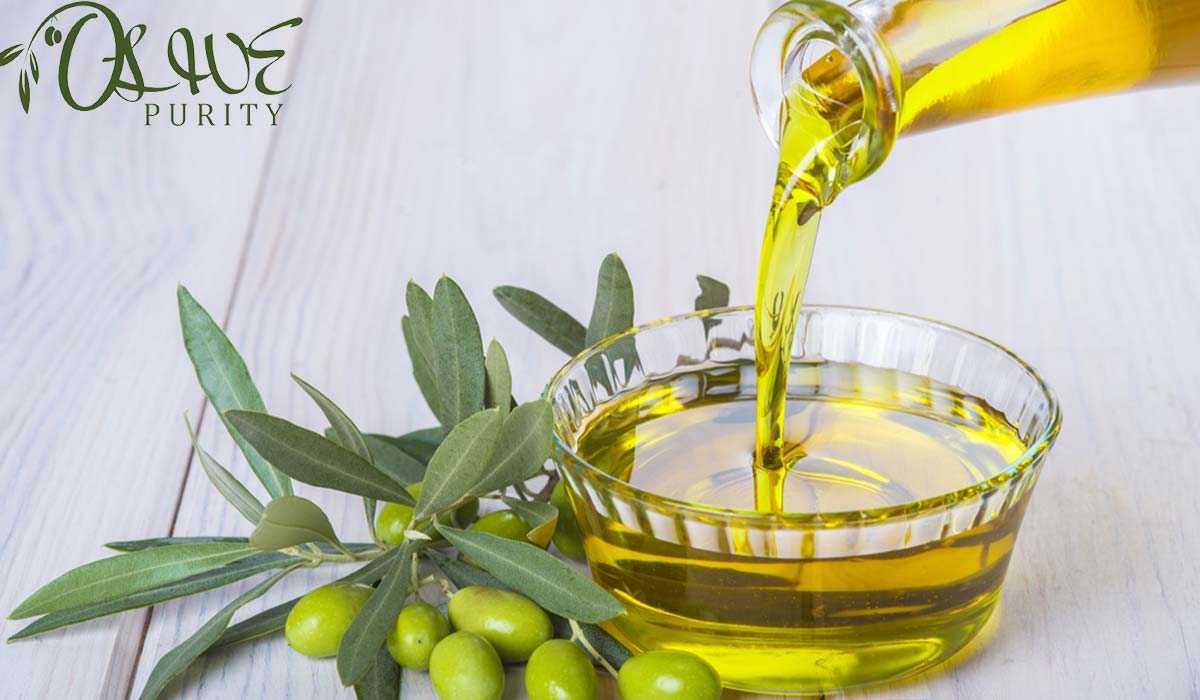Does Olive Oil Freeze? Exploring at What Point Olive Oil Freeze.
Key Takeaways
- Olive oil has a freezing factor around 37°F (2.78°C). But, it can start to solidify at temperatures as high as fifty four°F (12.22°C).
- Olive oil may be stored in the fridge, however it’ll solidify. This isn’t dangerous to the oil and could now not have an effect on its taste or exceptional.
- Olive oil can also be frozen, but it will take longer to thaw than it would to thaw in the refrigerator. Freezing olive oil can help to extend its shelf existence.
- Winterization is a technique this is used to cast off waxes and different impurities from olive oil on the way to no longer solidify at cold temperatures.
- Oleic acid is the primary factor of olive oil and has a freezing factor of 39°F (3.9°C).
- An ice water bathtub is a technique that may be used to decide if olive oil has been sufficiently winterized.
Introduction:
Have you ever wondered if olive oil freeze? The freezing point of substances can vary, and olive oil is no exception. In this newsletter, we will delve into the technological know-how in the back of the freezing point of olive oil, exploring how temperature influences its nation and what occurs whilst you disclose it to bloodless conditions. know-how these houses can not only fulfill your interest however additionally provide insights into the proper garage and use of this essential kitchen ingredient.
The Point at Which Olive Oil Freeze: Unraveling the Science
Earlier than we delve into the specifics, allow’s deal with the burning query: What temperature does olive oil freeze? unlike water, which freezes at 0 levels Celsius (32 degrees Fahrenheit), olive oil has a much decrease freezing factor. The freezing point of olive oil typically ranges from -6 to -10 degrees Celsius (21.2 to 14 degrees Fahrenheit).
Factors Influencing the Freezing Point:
Several factors contribute to the freezing point of olive oil:
- Composition: Olive oil includes numerous fatty acids, and the principal one is oleic acid. The composition of those fatty acids performs a vital position in figuring out the freezing factor.
- Purity: Pure olive oil tends to have a lower freezing point compared to blends or oils with impurities.
- Storage Conditions: The way olive oil is stored can impact its freezing point. Exposure to fluctuating temperatures and light can alter the oil’s composition.
Olive Oil Solidifies, But How?
Because the temperature drops, olive oil undergoes a change from a liquid to a strong country. This solidification process is a result of the composition of the oil, commonly the presence of oleic acid. Oleic acid has a higher melting point than other fatty acids found in olive oil, causing the oil to solidify at decrease temperatures.
Experimenting with Olive Oil within the refrigerator and Freezer:
Olive Oil in the Refrigerator:
Placing olive oil in the refrigerator is a common practice to prolong its shelf life. At refrigerator temperatures (usually around 4 degrees Celsius or 39.2 degrees Fahrenheit), olive oil may become cloudy or even solidify partially.
But, it returns to its liquid state as soon as brought back to room temperature.
Tip: if your olive oil solidifies in the fridge, simply allow it sit down at room temperature for some time, and it’ll revert to its liquid form.
Olive Oil in the Freezer:
Extreme cold conditions, such as those in a freezer, can lead to more pronounced solidification. When exposed to temperatures below its freezing point, olive oil may turn into a solid mass. It’s essential to note that this doesn’t harm the oil; it simply changes its state temporarily.
-
- Caution: Avoid transferring olive oil directly from the freezer to high temperatures, as rapid temperature changes can affect its quality.
The Role of Oleic Acid in Freezing:
Oleic acid, a monounsaturated fatty acid plentiful in olive oil, performs a crucial position in its freezing behavior. in contrast to saturated fat, which have a tendency to solidify at higher temperatures, oleic acid has a decrease freezing factor. this is why olive oil can remain liquid at lower temperatures as compared to oils rich in saturated fats.
Olive Oil Winterization:
Winterization is a process used in the olive oil industry to remove waxes and other solids that can contribute to cloudiness or solidification at lower temperatures. While this process is more relevant in the production phase, it highlights the impact of impurities on the freezing point of olive oil.
Practical Tips for Olive Oil in Cold Conditions:
Prevent Rapid Temperature Changes:
Avoid subjecting olive oil to rapid temperature changes, such as moving it from the freezer to a hot environment. Gradual transitions help maintain the oil’s quality.
Store in a Cool, Dark Place:
To keep the excellent of olive oil, store it in a groovy, dark vicinity far from direct daylight and temperature fluctuations.
Use Olive Oil Winterization Products:
Consider using olive oil winterization products if you live in extremely cold climates. These products can help prevent cloudiness and solidification.
FAQs
Conclusion: Exploring the Dynamics of Olive Oil at Low Temperatures
In conclusion, the freezing point of olive oil is a fascinating aspect influenced by its composition, purity, and storage conditions. Understanding why and how olive oil solidifies can empower you to make informed decisions about its storage and use, ensuring you get the best out of this essential kitchen staple.
So, the next time you find your olive oil behaving differently in cold conditions, remember the science behind it. From the role of oleic acid to the impact of storage, each factor contributes to the intriguing dynamics of olive oil at low temperatures. Embrace this knowledge, and let it guide you in preserving the quality of your olive oil throughout its journey from the store to your kitchen.













